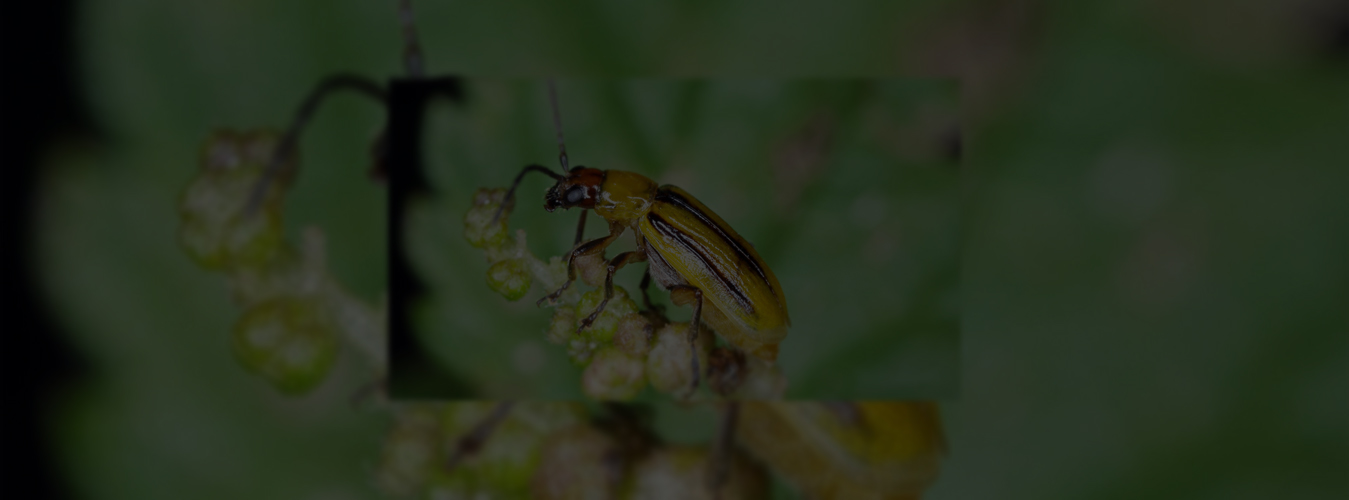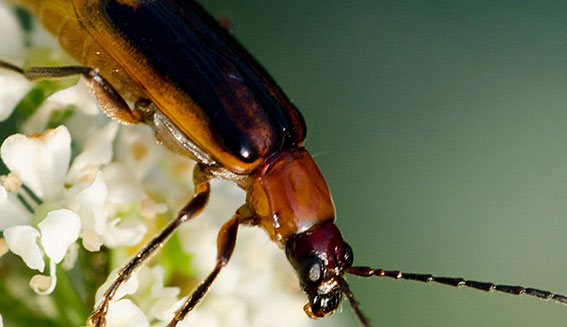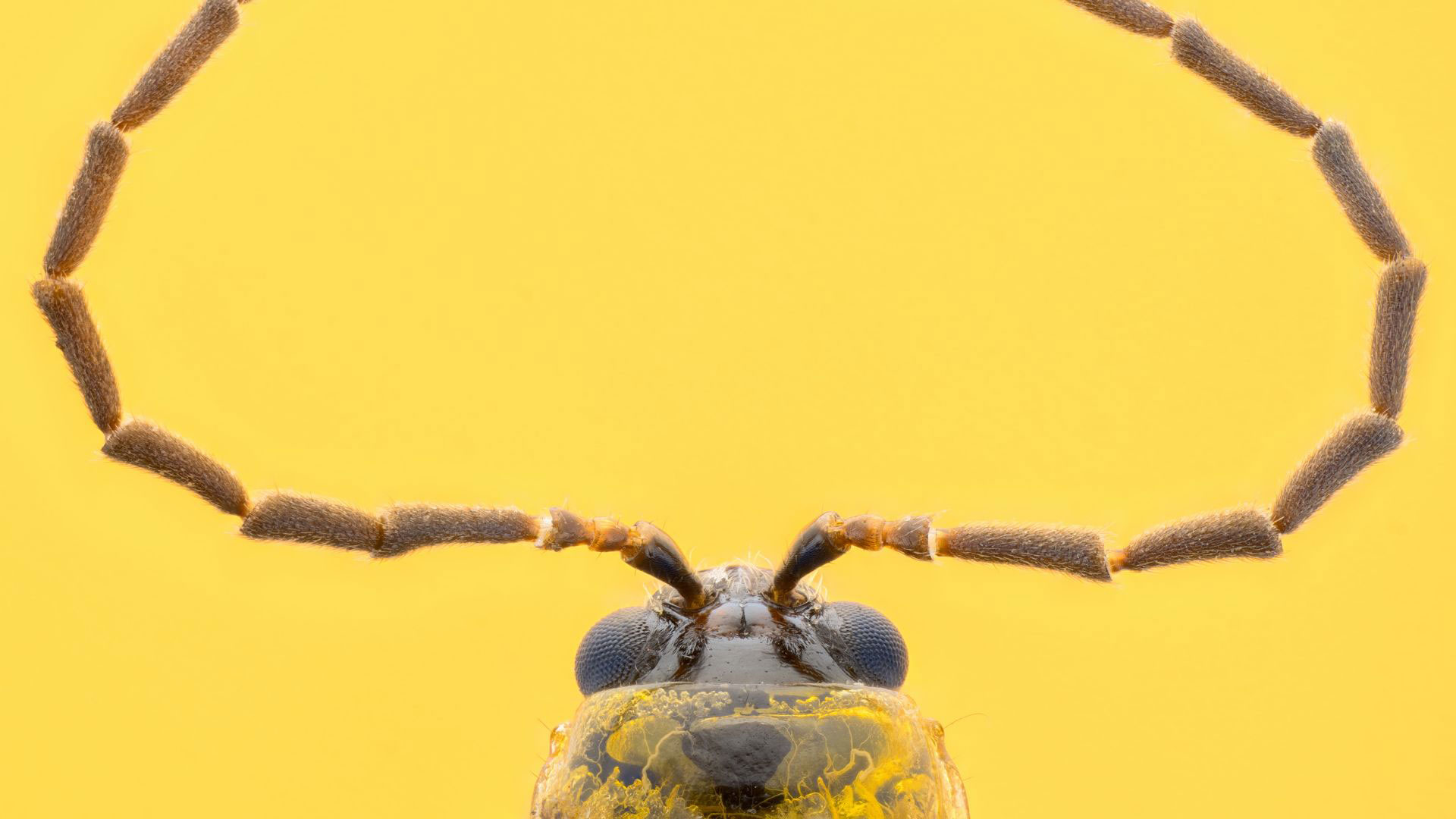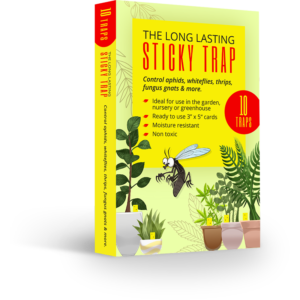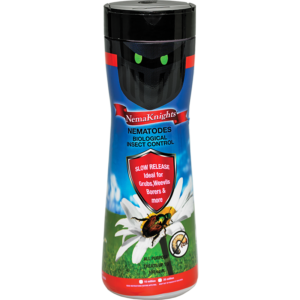Your cart is currently empty!
Damage
Both corn rootworm larvae and adults cause severe damage to corn plants. Newly emerged larvae feed on root hairs and outer root tissue. The second and third instar larvae feed on the root tips of nodes and tunnel into the roots. Larvae feeding reduces the water and nutrient uptake of corn and stops the growing point at the tips of the roots. Damaged roots weaken to the extent that the plants grow in a gooseneck-like shape. These plants often pollinate poorly and are difficult to harvest, contributing to yield losses. Adult beetles can also cause damage by feeding on the corn leaves and making the leaves partially or totally stripped. Then they move to silk and pollen as they develop and result in yield reduction.


